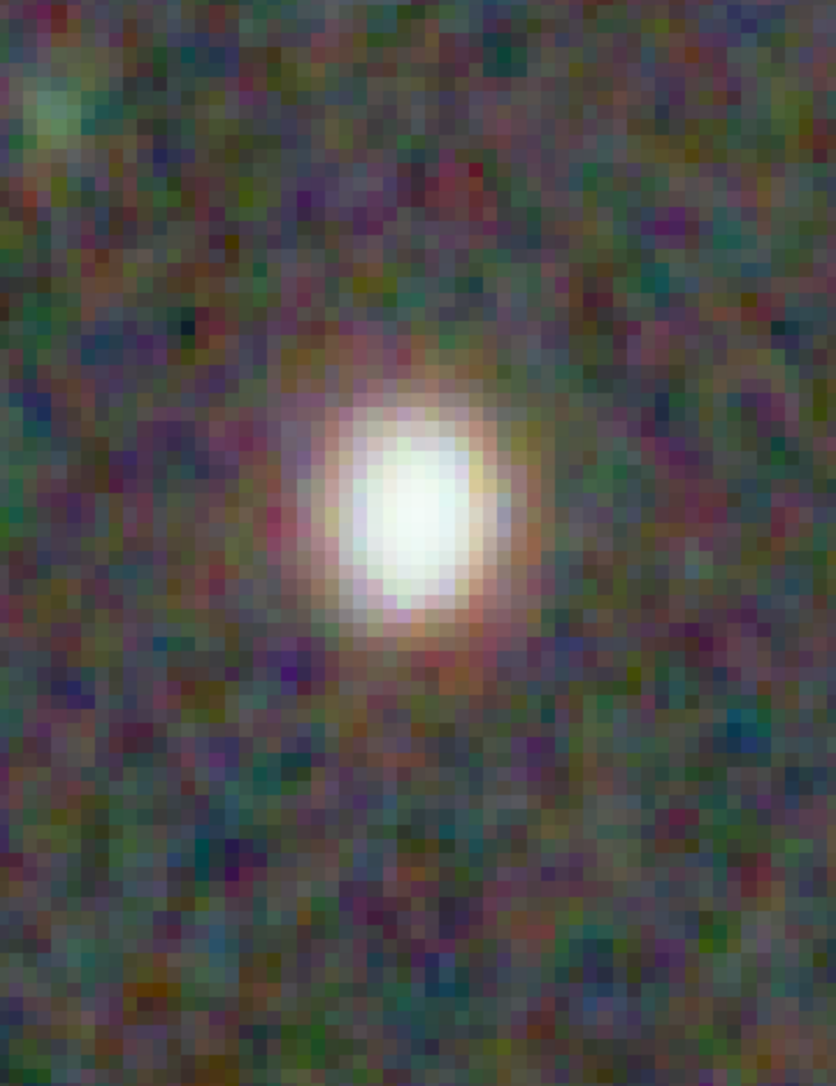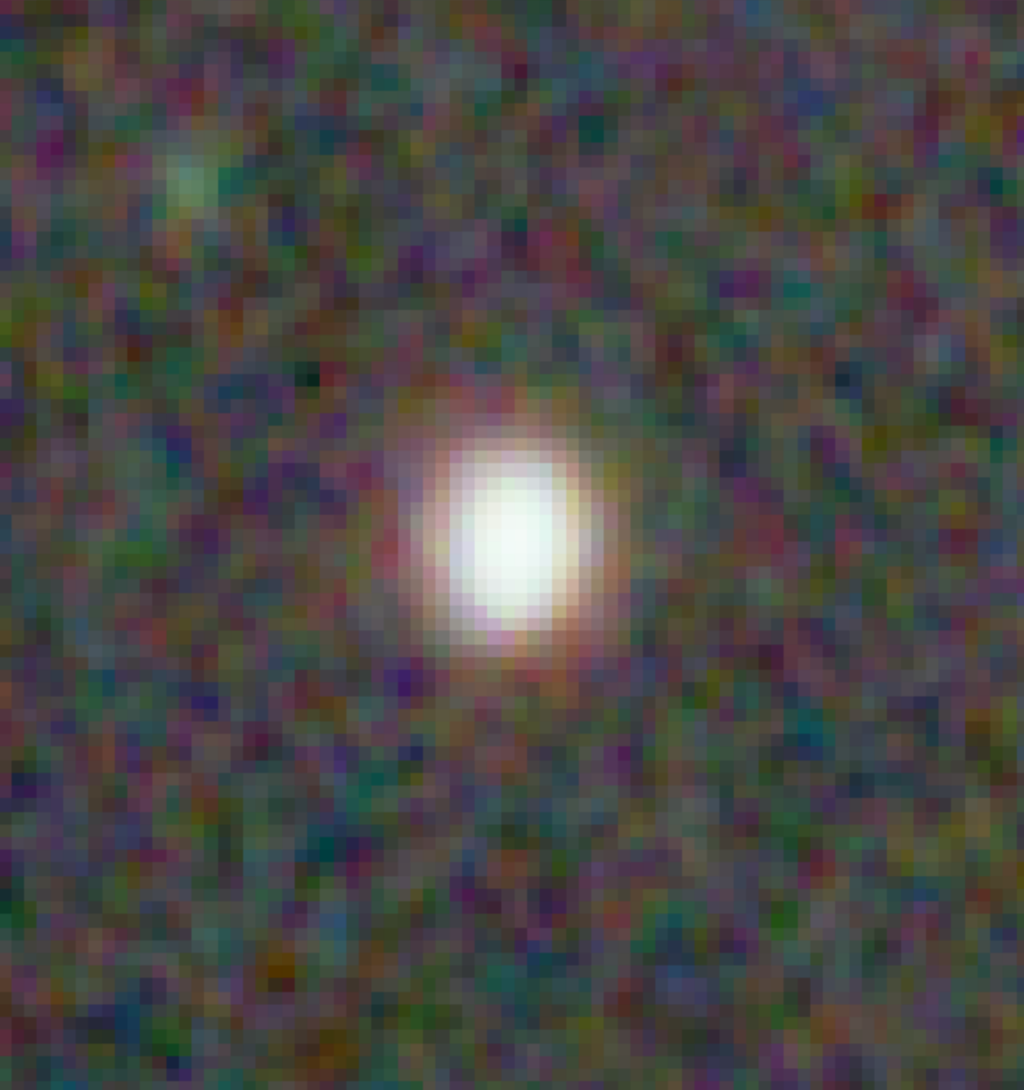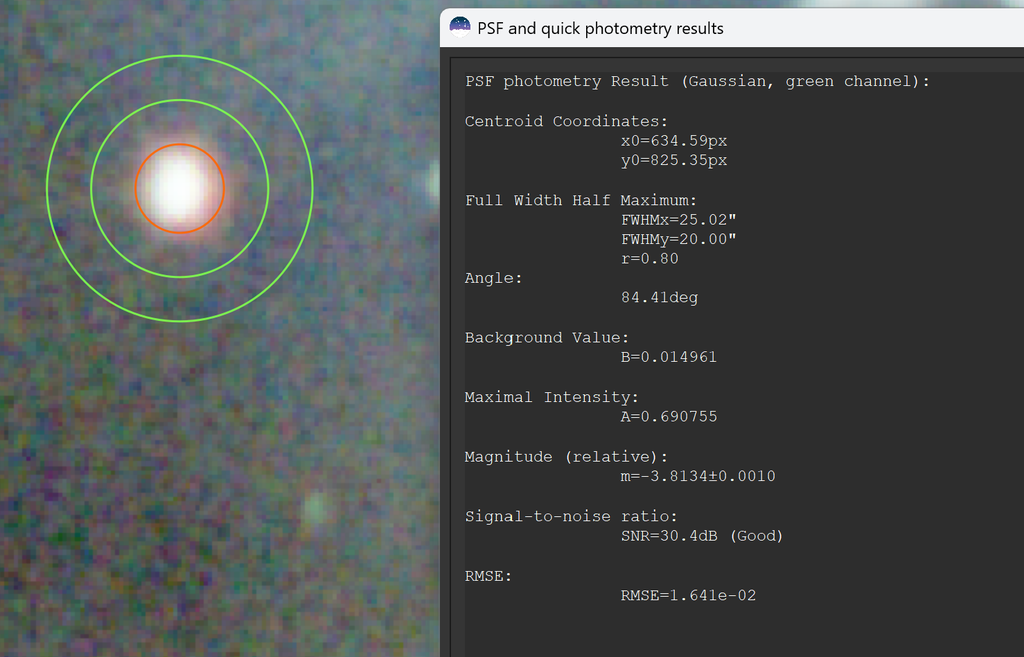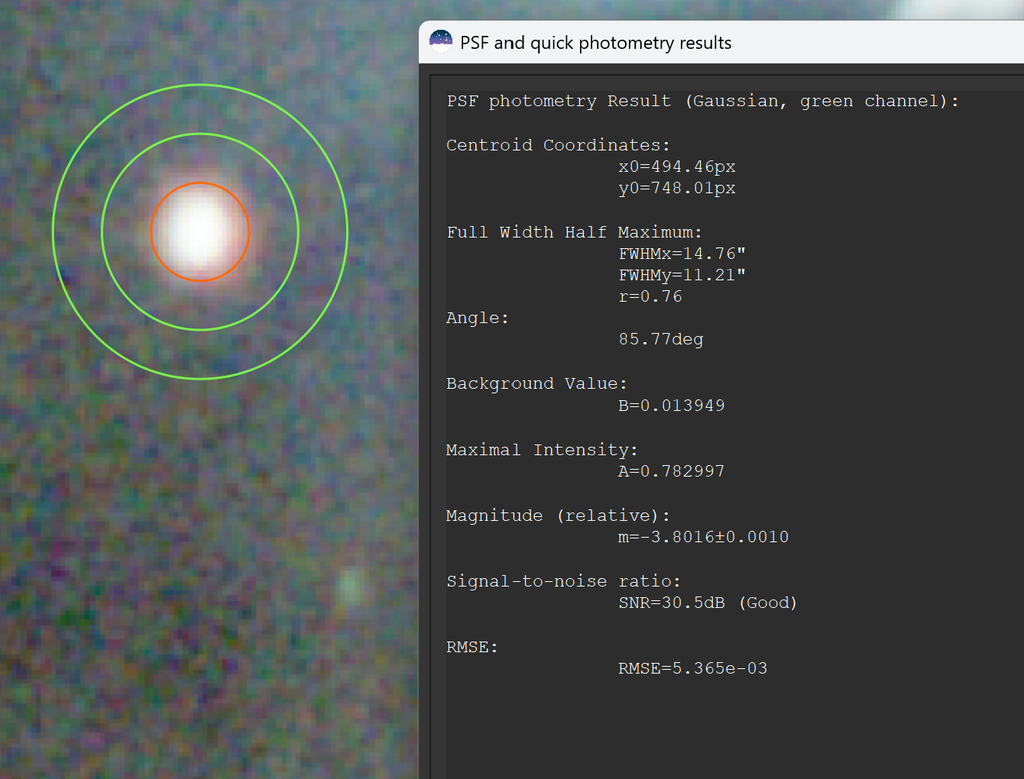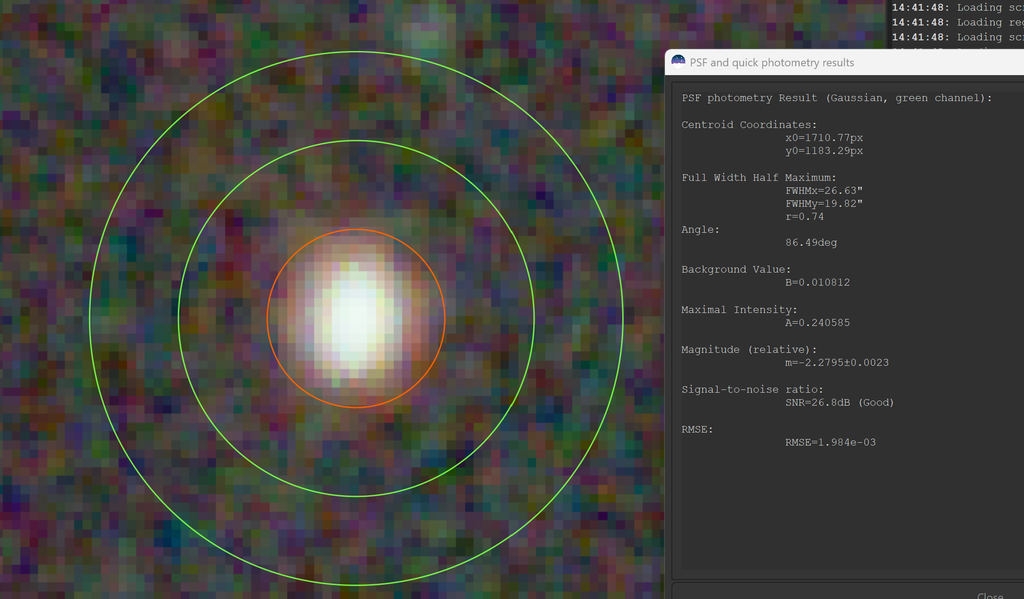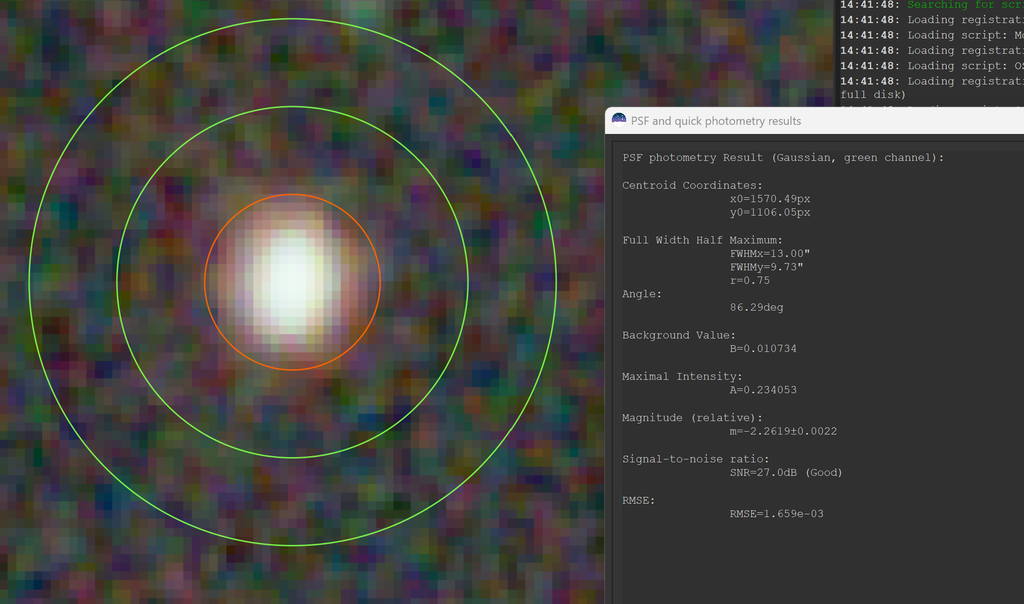In images, the overlapping of pixels on other pixels causes a pattern called Moiré interference. This can be seen optically when looking at a chain link fence through a screen door, or in day to day imaging if you take a picture of an LCD screen with a phone camera.
When drizzle stacking bayered data, typically people consider it unnecessary or even unhelpful to upscale at high factors without huge numbers of subframes to spread out the input pixels, and often also to not even do bayer drizzling and just do debayered registration, especially if data is not dithered. This ends up being inaccurate due to the exaggerated effects of the registration and stacking pattern interference especially when used with low numbers of subframes.
I made a change in Siril on my fork here to enable much higher scaling settings in drizzle, which you can download to test here. With this change it's possible to demonstrate the specific effects of higher scale resolutions on reducing Moiré especially color interference due to the addition of the bayer pattern.
I did 2 separate stacks of a set of non-dithered data from a Canon Eos 60D at 200mm fl, 22 images at 2.5 minutes each for 55 minutes of integration (thank you to callo in NebulaPhotos discord for the dataset). I first cropped the preprocessed light stack to an area that will cover the region of interest across drift/dither, by selecting the area and right clicking->crop sequence. The crop is necessary to be able to use scales higher than around -6x due to hard limits on output image sizes before the images just become black (I think this might be running up against a 32b 4gb filesize limit?) In the first stack, I used an upscale size of 2 and pixel fraction of 1. In the 2nd stack, I used an upscale size of 8 and pixel fraction of 1.2, then re-registered the individual color channels and downsampled 4x (giving the equivalent of a 2x with 4xSSAA). Siril has an additional quirk right now that the "native" pixel fraction in registration is (Scale-1)/Scale which makes the used values look a bit strange. For now the value of pixel fraction used should be tested until just big enough that you don't see any dots of completely missing color after stacking (often 2*(Scale-1)/Scale should work for regular bayered camera data).
And here's the visuals of the results:
2x, autostretched
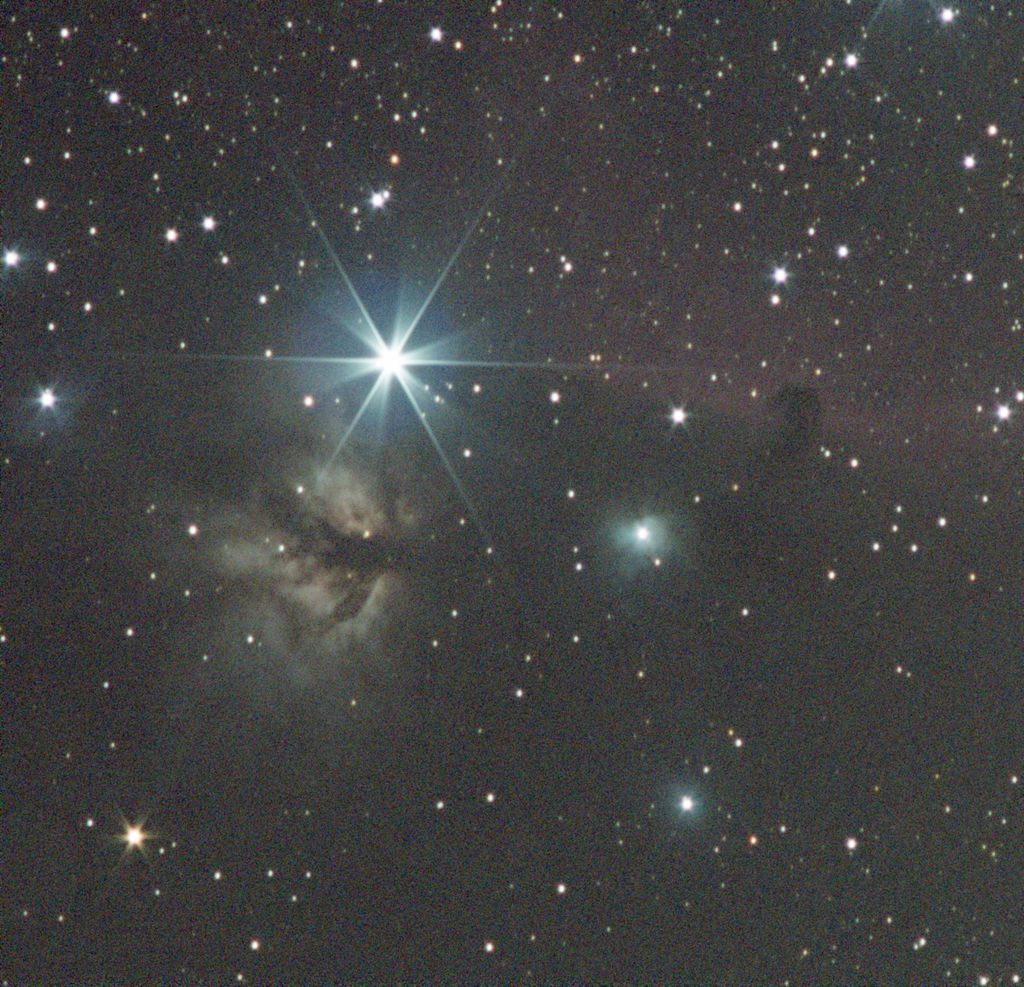
2x, 4x SSAA registered, autostretched
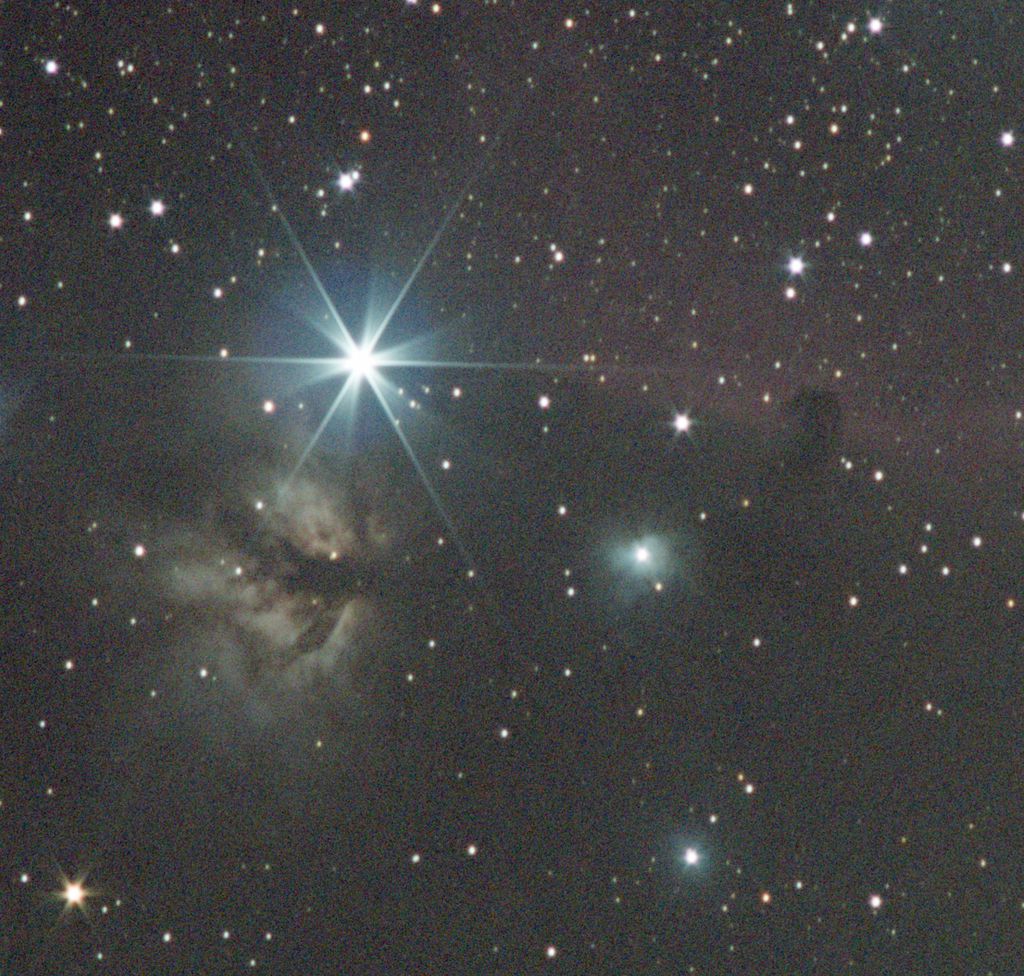
2x, zoom on Alnitak, autostretch
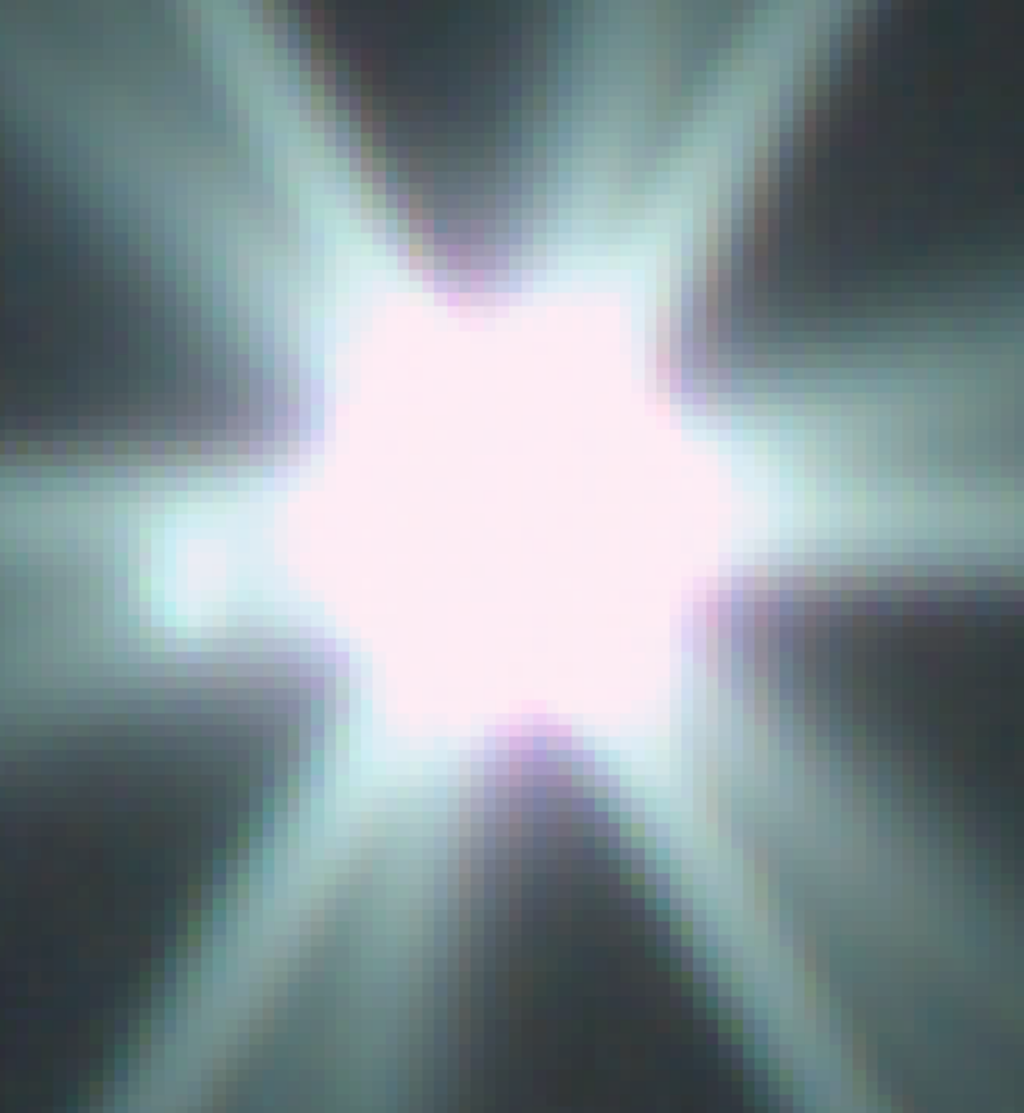
2x, 4x SSAA registered, zoom on Alnitak, unprocessed
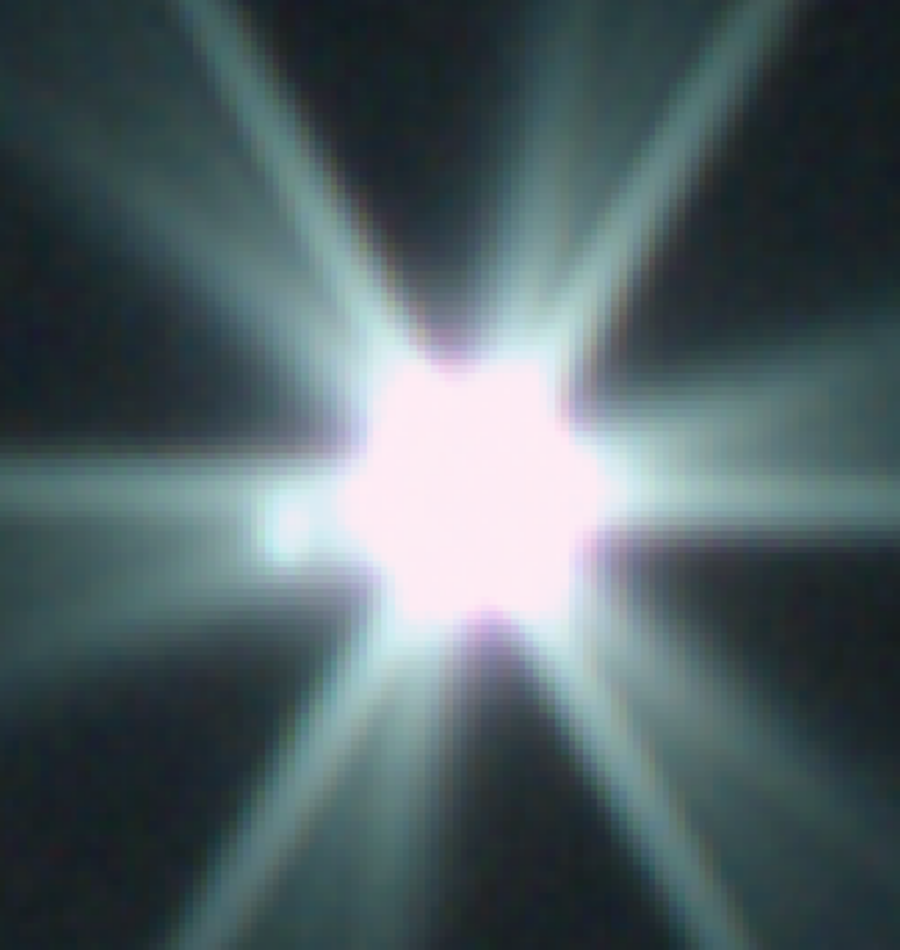
2x, zoom on Alnitak, after my full processing workflow with blurX and NoiseX
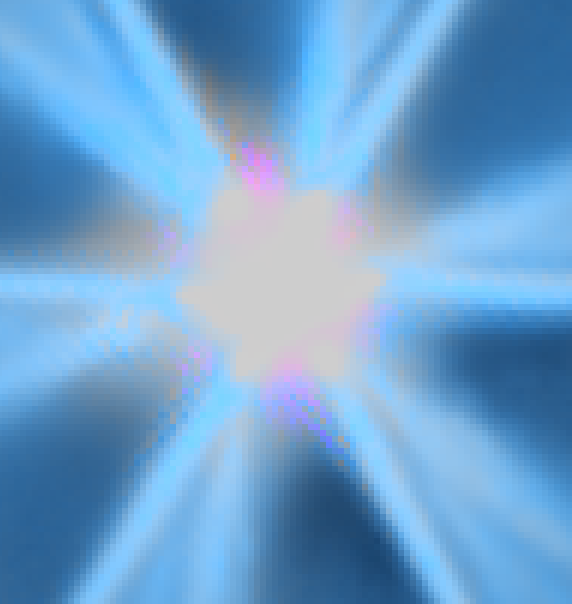
2x, 4xSSAA registered, zoom on Alnitak, after my full processing workflow with blurX and NoiseX
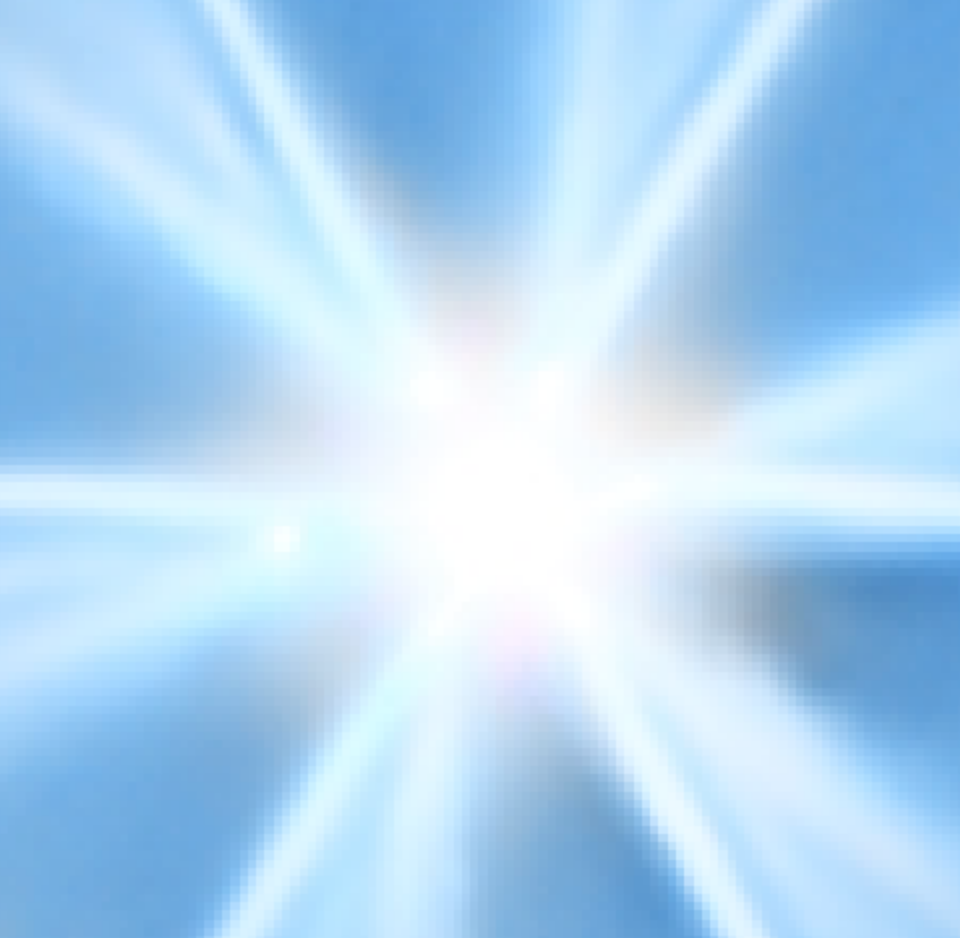
This demonstrates how the interference patterns get picked up by typical processing workflows and exaggerated, but almost disappear with higher resolution registration and downsampling. You can also notice a star between the left diffraction spikes on the SSAA image that is lost into noise in processing in the simple 2x upscale.
Now here's the additional note:
On oversampled data like from this Eos 60D with a 200mm lens, the SSAA registration helps only with reduction of the interference caused by registration, and can't really help recover any additional resolution. On significantly undersampled data like from my SQA55 and ASI533MC, the SSAA registration should provide even more benefit. Since the moire interference is at the same size as the resolution gains being pulled out of drizzle stacking, a significantly high upscale size should remove some of the interference and allow tools like BlurX/NoiseX to more easily differentiate the recovered signal. I will post next once I have a result finished from testing this with my latest set of Markarian chain data.


